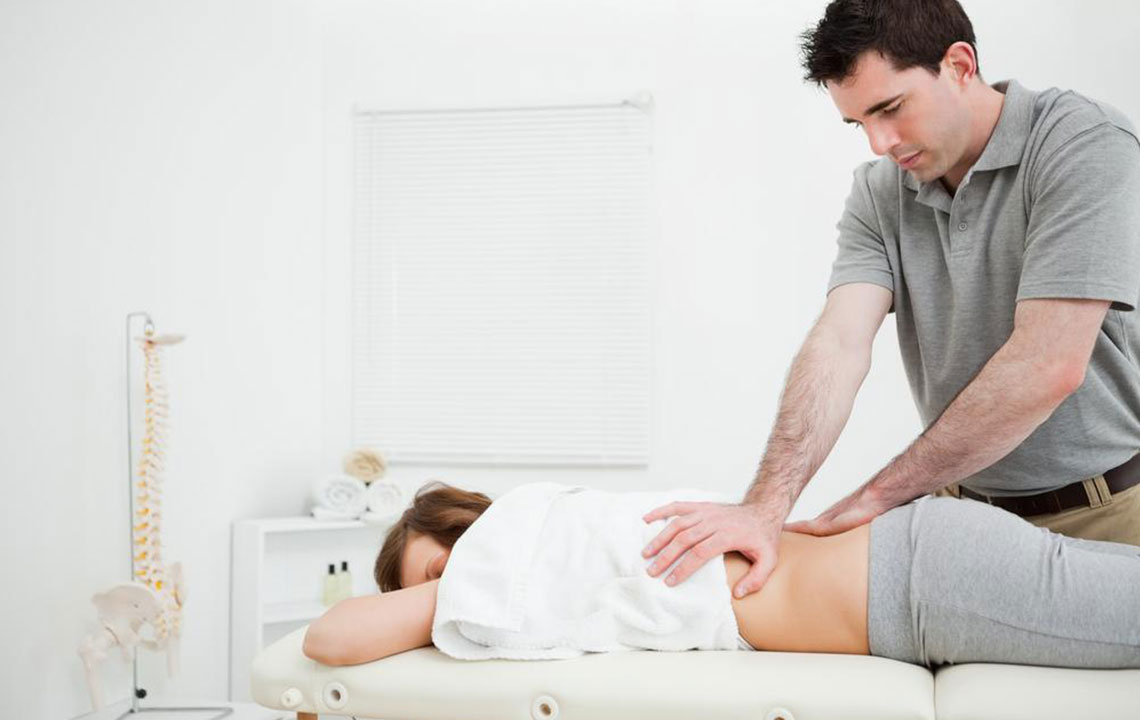Comprehensive Methods to Relieve and Manage Back Pain Effectively
Learn comprehensive strategies to effectively alleviate and manage back pain, including lifestyle modifications, physical therapies, medication options, and ergonomic practices. This guide emphasizes personalized treatment plans to improve spinal health and prevent future discomfort, suitable for those suffering from acute or chronic back issues seeking sustainable relief.

Comprehensive Methods to Relieve and Manage Back Pain Effectively
Back pain is one of the most prevalent health issues worldwide, impacting a significant portion of the population at some point in their lives. Studies suggest that up to 80% of people experience back discomfort, primarily affecting the lower back region. This widespread problem can stem from various causes, including muscle strains from daily activities like gardening or lifting heavy objects, previous injuries, or chronic conditions such as spondylitis, arthritis, or disc degeneration. Despite its commonality, there are numerous effective strategies and treatment options available to help alleviate back discomfort and improve overall quality of life.
If you experience sudden, severe, or persistent back pain, it is crucial to consult a healthcare professional promptly. Proper diagnosis ensures the root cause is identified, enabling targeted treatment. Ignoring persistent pain or attempting self-treatment without professional guidance may lead to worsening conditions or long-term disability.
Many minor back problems can be managed effectively at home with lifestyle modifications and simple therapeutic approaches. Implementing these strategies can significantly reduce pain, prevent future episodes, and enhance overall spinal health.
Engaging in Regular Physical Activity
One of the most effective ways to combat back pain is maintaining an active lifestyle. Regular physical activity helps strengthen the muscles supporting the spine, improves flexibility, and reduces stiffness. Moderate exercises like walking, brisk strolling, or swimming not only alleviate discomfort but also promote better blood circulation to the affected areas. It is important to listen to your body and adjust the exercise intensity accordingly. If discomfort or pain intensifies during activity, reduce the intensity or pause and rest. However, complete inactivity can lead to muscle weakening, making back problems worse. Incorporate gentle stretching routines and core-strengthening exercises to stabilize the spine and reduce the likelihood of future pain episodes.
Improving Sleep Habits for Spinal Health
Quality sleep plays a vital role in healing and maintaining back health. Sleeping in the wrong position or on an unsupportive mattress can exacerbate back pain. For optimal spinal alignment, sleeping on your back with a pillow placed between your knees can help reduce pressure on the lower back and hips. Alternatively, sleeping on your side with a pillow supporting the knees can also be beneficial. Ensure your mattress offers adequate firmness and support—neither too soft nor too firm—to prevent sagging and misalignment. Avoid sleeping on your stomach, as this position often strains the neck and lower back. Maintaining a consistent sleep schedule and ensuring restful, uninterrupted sleep can significantly decrease pain sensitivity and support recovery.
Maintaining Proper Posture and Ergonomics
Improper posture, especially during prolonged sitting or standing, can aggravate or initiate back problems. Slouching, hunching over a desk, or poorly positioned monitors and chairs impose unnecessary stress on the spine and muscles. To prevent this, keep your back straight, shoulders relaxed, and feet flat on the ground. Use ergonomic furniture or lumbar supports to maintain natural spinal curves. When working at a desk, take regular breaks to stretch and change positions. Proper ergonomic setup—such as adjusting chair height, monitor position, and keyboard placement—can make a substantial difference in long-term back health.
Conventional Treatment Options for Back Pain Relief
Managing back pain often requires an integrated approach combining medication, therapy, and lifestyle advice. Medical interventions should complement, not replace, physical activity and ergonomic practices.
Medications
Over-the-counter non-steroidal anti-inflammatory drugs (NSAIDs), like ibuprofen or naproxen, can offer quick relief from pain and inflammation. It is important to follow dosage instructions carefully and consult your doctor before use—especially if you have underlying health conditions or take other medications. Use medication as part of a comprehensive treatment plan, and avoid prolonged reliance to prevent potential side effects.
Antidepressants
Prescribed in cases of chronic back pain, certain antidepressants like amitriptyline can help by altering pain perception and reducing muscle tension. These medications must be used under medical supervision due to possible side effects.
Physiotherapy and Rehabilitation
Physical therapy is highly effective in managing back issues. Trained therapists can teach correct body mechanics, proper lifting techniques, and tailored exercises that strengthen core muscles, improve flexibility, and promote spinal stability. Building core strength is essential—muscles around the abdomen, back, and pelvis provide support to the spine, reduce strain, and prevent future injuries. Regular physiotherapy sessions can also incorporate manual therapy, massage, and specific stretching routines to improve posture and mobility.
Ice and Heat Therapy
Applying ice packs during the initial stages of injury or swelling can reduce inflammation and numb the pain. Conversely, heat therapy, such as warm packs, heated towels, or warm baths, relaxes tense muscles, improves blood flow, and enhances healing. Alternating between ice and heat can be particularly effective in managing acute and chronic back pain.
Advanced Therapies
When conventional treatments are insufficient, nerve stimulation techniques like Transcutaneous Electrical Nerve Stimulation (TENS) or acupuncture can provide relief. These therapies target nerve pathways to diminish pain signals and promote natural pain relief responses. Always discuss these options with healthcare providers to ensure safety and appropriateness.
Psychological and Behavioral Approaches
Chronic back pain not only affects physical health but also impacts mental well-being. Psychological interventions such as Cognitive-Behavioral Therapy (CBT) can help individuals develop coping strategies, modify negative thought patterns related to pain, and reduce emotional distress. Managing mental health is essential in holistic back pain treatment, as stress and anxiety can intensify perceived pain levels.
Additional Tips and Precautions
Additional practical tips include using a rolled towel or small pillow under the hips when lying down to decrease tension in the lower back. Wearing a back brace may provide extra support after injury or surgery, but it should be used temporarily to avoid muscle weakening and stiffness from long-term reliance. Regularly maintaining a healthy weight reduces pressure on the spine, and staying hydrated supports disc health. Remember, consulting healthcare professionals is crucial for proper diagnosis and personalized treatment planning. Effective back pain management involves a combination of lifestyle modifications, therapeutic interventions, and mental health support to regain mobility and enjoy a pain-free life.





